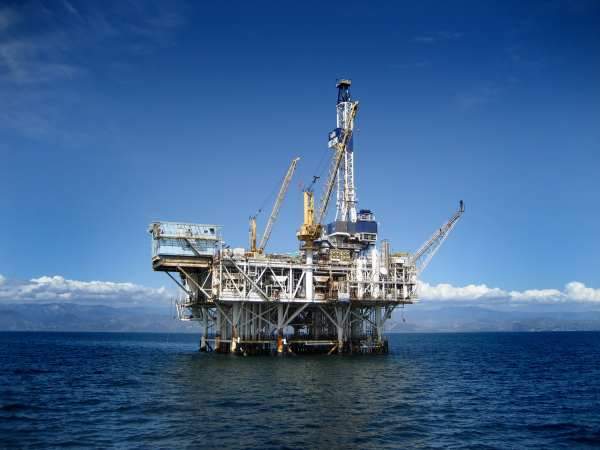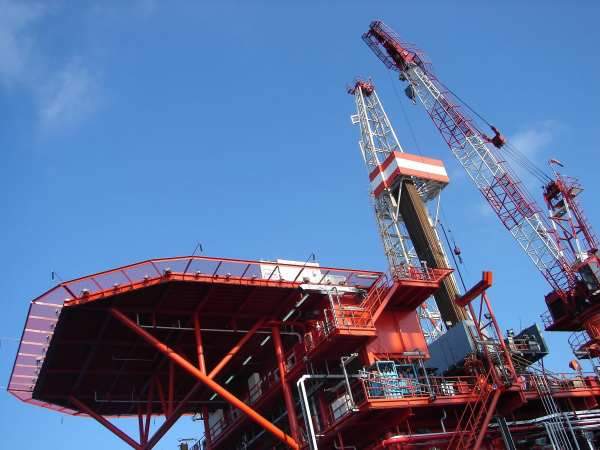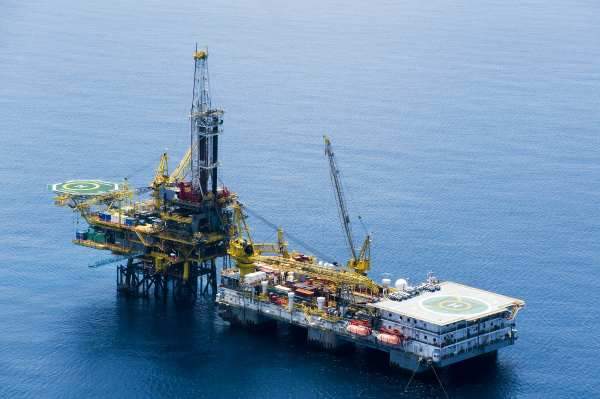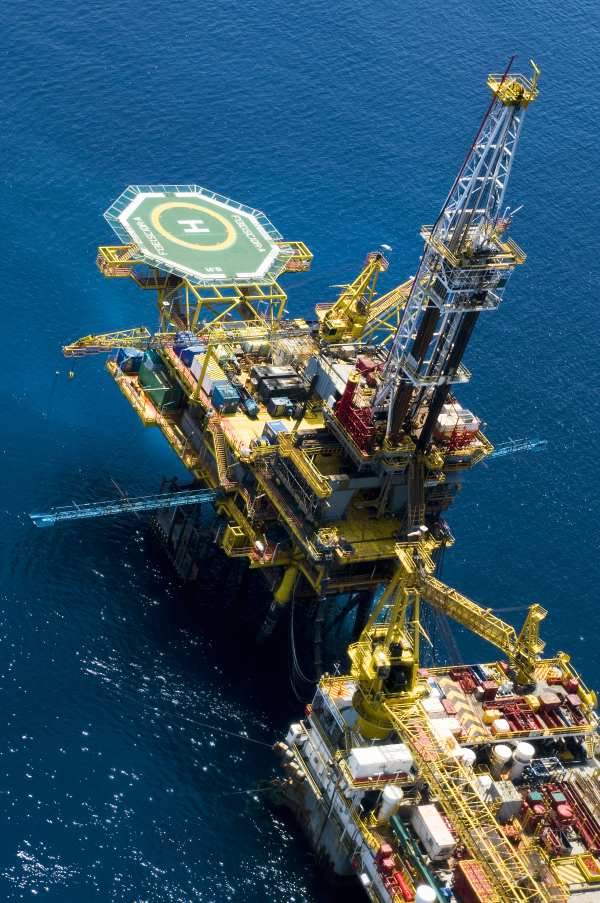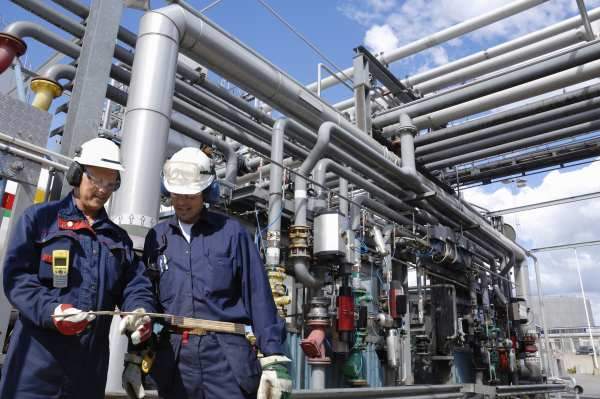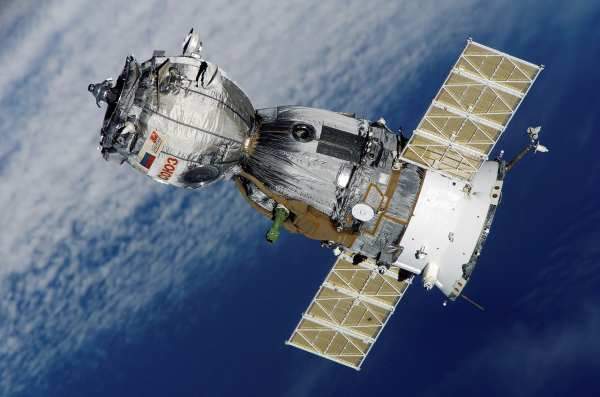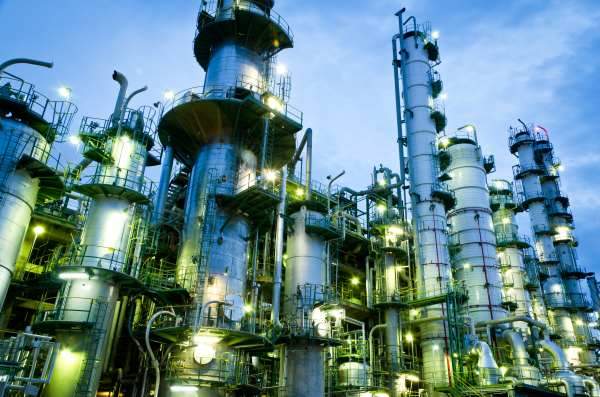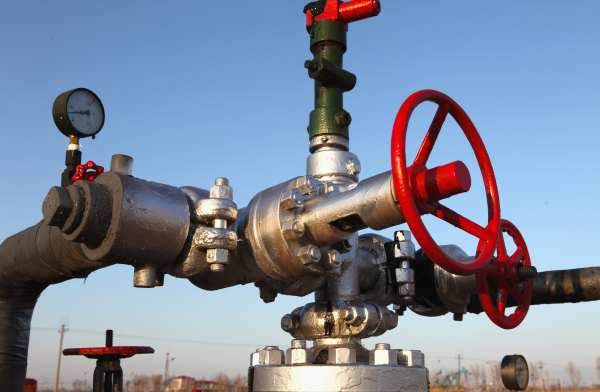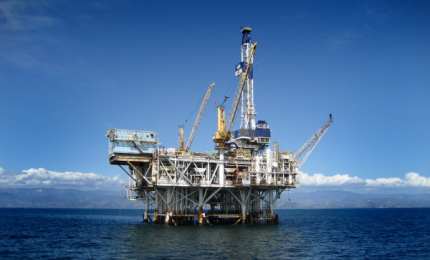
For more than 25 years, APSYS Risk Engineering has provided high-risk industries with innovative solutions for risk management and loss prevention through understanding, reducing and managing technical risks.
Risk management services for the offshore sector
Established from an aerospace background, APSYS (a subsidiary of AIRBUS Group) offers an established services portfolio for the oil and gas sector, which includes in-house patented software tools and methods. Key services include technical and process safety, reliability and maintenance, availability and production optimisation, organisational risk management and human factors analysis.
APSYS provides solutions to address key industry challenges, such as asset ageing and life extension, as well as subsea process systems’ performance efficiency.
Key capabilities include:
- Process plant availability analysis and production optimisation (based on reliability, availability, maintainability and safety (RAMS) methods, using patented software SIMFIA)
- All reliability and maintenance aspects: reliability-centred maintenance (RCM), computerised maintenance management system (CMMS) builds, tasks and frequency, supply chain optimisation and critical sparing (using patented software SIMLOG)
- Technical safety: regulatory compliance, safety cases, Comah report, risk assessment (HAZID, HAZOP, Bow-tie, QRA, layers of protection analysis (LOPA), SIL review, ALARP demonstration and hazardous area classification)
- CFD 2D/3D modelling (fire and explosion, gas dispersion and toxic release) using PHAST, FLACS and in-house developed methods, analysis of fire and gas-detection systems, and advice on optimal instrumentation placement
- Organisational performance: project risk management, management systems (Q / HSE / AI) review and improvement, and knowledge management
- Human and behavioural factors: training and safety culture improvements using patented behavioural influencing techniques (MAITRISK and ADCR)
Subsea process systems’ performance efficiency
Software and systems used in the oil and gas sector are becoming increasingly complex.
The subsea industry is also facing great product innovation with more embedded software forming part of the operation.
To ensure high production availability while operating in harsh environments, subsea systems must reach high levels of reliability and re-configuration capability.
For many years, APSYS has been involved in strategic aeronautic and space programmes for availability and reliability issues.
The aerospace and subsea industries are facing similar challenges, such as innovative systems, harsh environment, obsolescence management, high availability targets and autonomous systems in operation.
Beyond its RAMS expertise, APSYS has experience in targeted methods and has developed specific software tools to take into account the increasing complexity of systems and their environment.
In the design stage, APSYS provides reliability engineering solutions based on RAMS methodologies and dedicated tools, in order to maximise the operational availability of the system.
APSYS’ expertise and tools can optimise sparing, predict lifecycle costs, contribute to more accurate mean up-time by reducing logistical downtime and reducing the probability of running out of stock, and simulate obsolescence management strategies.
Asset ageing and life extension
With a continued requirement to produce oil or gas, either from the original fields or as a base for neighbouring subsea completions, the majority of installations are likely to remain operational for the foreseeable future.
For example, approximately 50% of the total population of fixed platforms on the UK continental shelf (UKCS) have exceeded the original design life and this proportion is steadily increasing with time.
The aim of the ALE approach is to complete, formalise and demonstrate the anticipation and understanding of the effects of deterioration or changing conditions associated with asset ageing and life extension.
APSYS’ aim is to provide a structure enabling clients to manage asset ageing and life extension in their organisation. During this process, APSYS will critically assess the potential to lengthen the operating life of offshore oil and gas platforms and their supporting infrastructure, in order to optimise efficiency and profitability, whilst ensuring regulatory compliance.
The added value of this solution is to manage the risks and maintain a conformed level of availability, while minimising investment and operation costs.
The objective of the solution developed by APSYS is to:
- Assist the client in implementing management of asset ageing and life extension programmes within their organisation, including an active asset ageing and life extension manual
- Kick-off this process by identifying and ranking systems in critical order with regards to A and ALE
- Select and review key systems that would immediately benefit from a structured approach to define and address degradation and provide reliability confidence until cessation of production
- Define the state of clients’ assets through evaluation of historical and recent data, and understand how this is changing over time
- Identify the most critical systems with regards to production, availability and safety of the installation, in order to define and implement a continual life-extension programme


